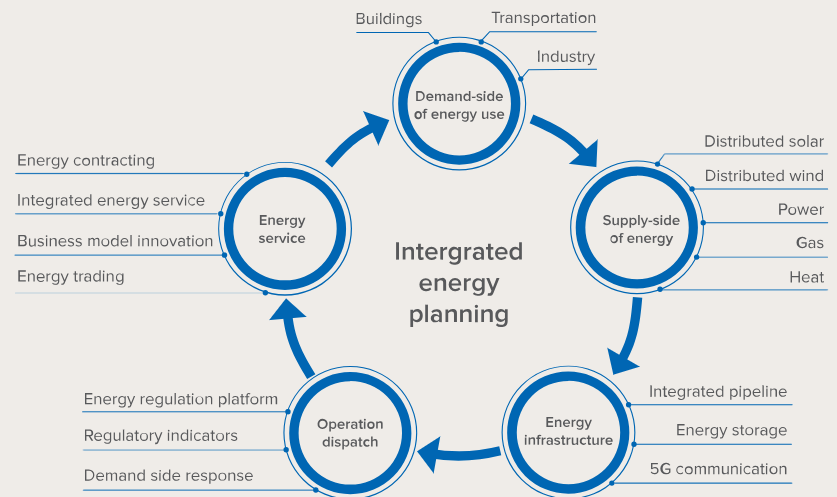India aspires to be a developed nation by 2047 with inclusive, people-centric sustainable growth and improved living standards, without compromising public health or increasing emissions.
The green energy transition is a shift from an energy mix based on fossil fuels to one that produces very limited, if not zero, carbon emissions, based on renewable energy sources.
To know about Green Energy in India, click here
Notably, China supplies 70% of graphite and 60% of rare earth elements today while the Democratic Republic of the Congo supplies 70% of cobalt and Australia supplies 55% of lithium.
Cross-subsidization is a pricing strategy where a business charges more to one group of consumers to make up for lower prices for another group.

To know about India’s Nationally Determined Contribution, click here